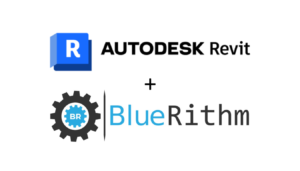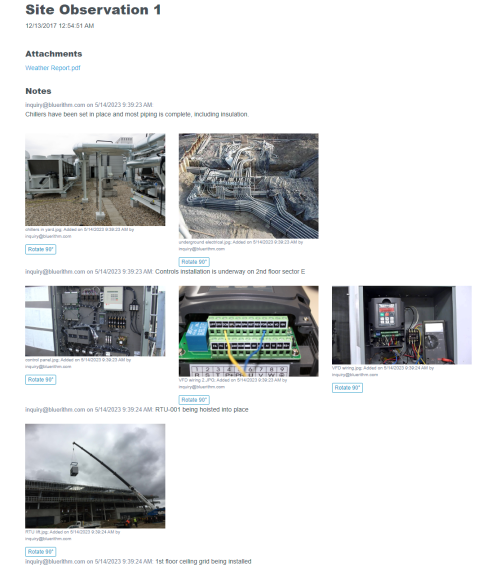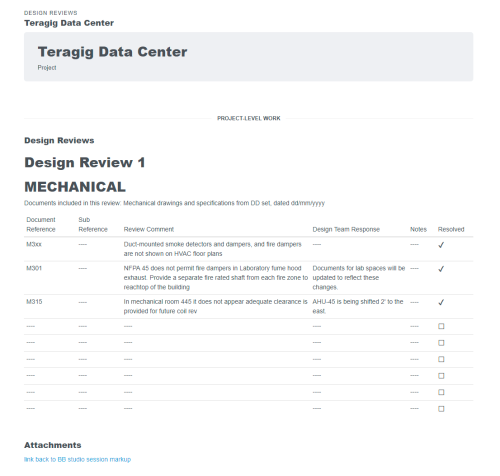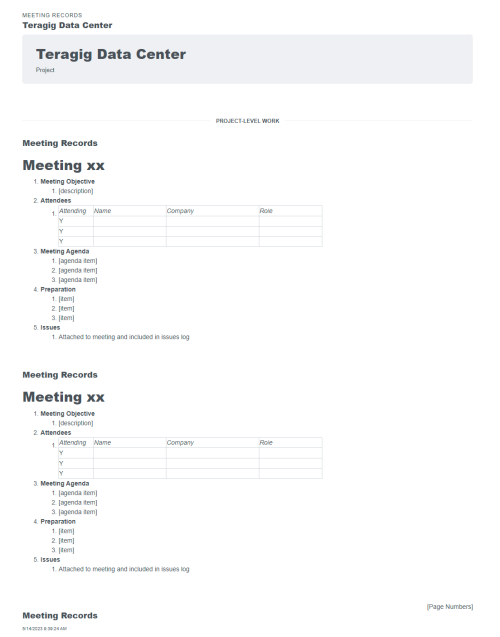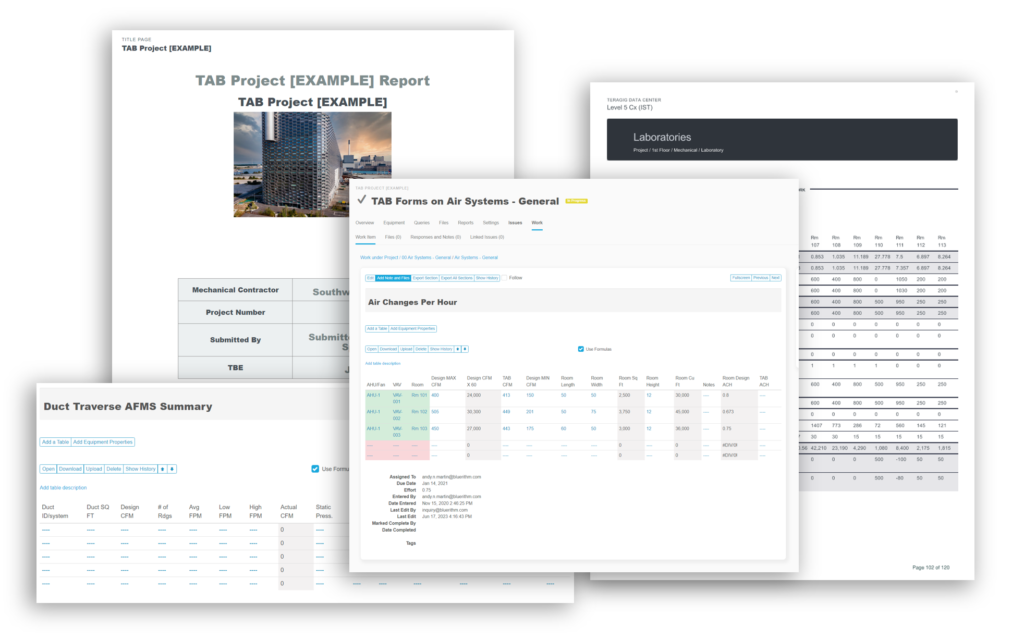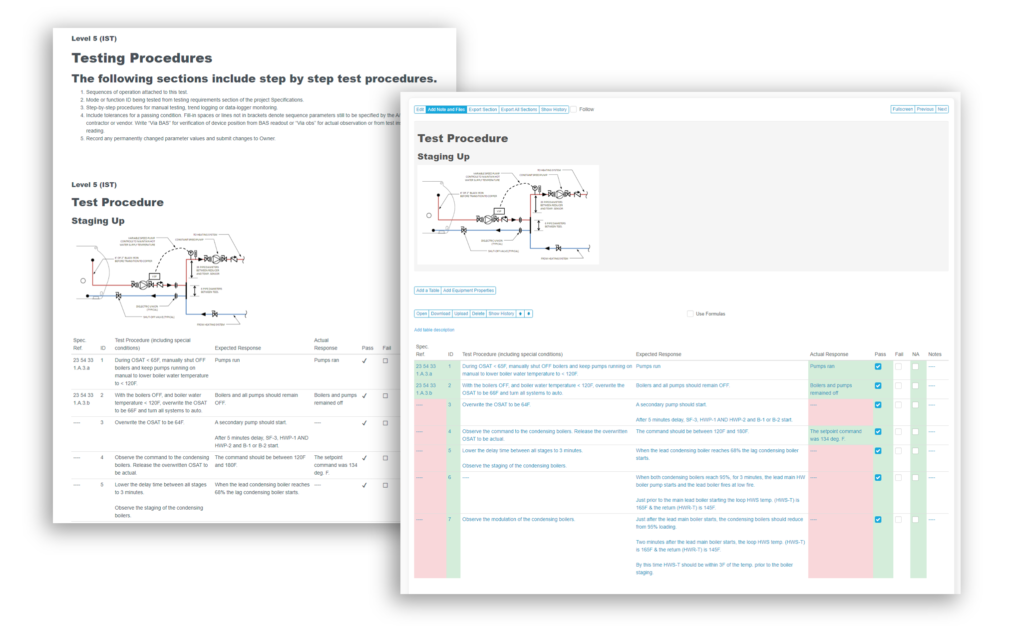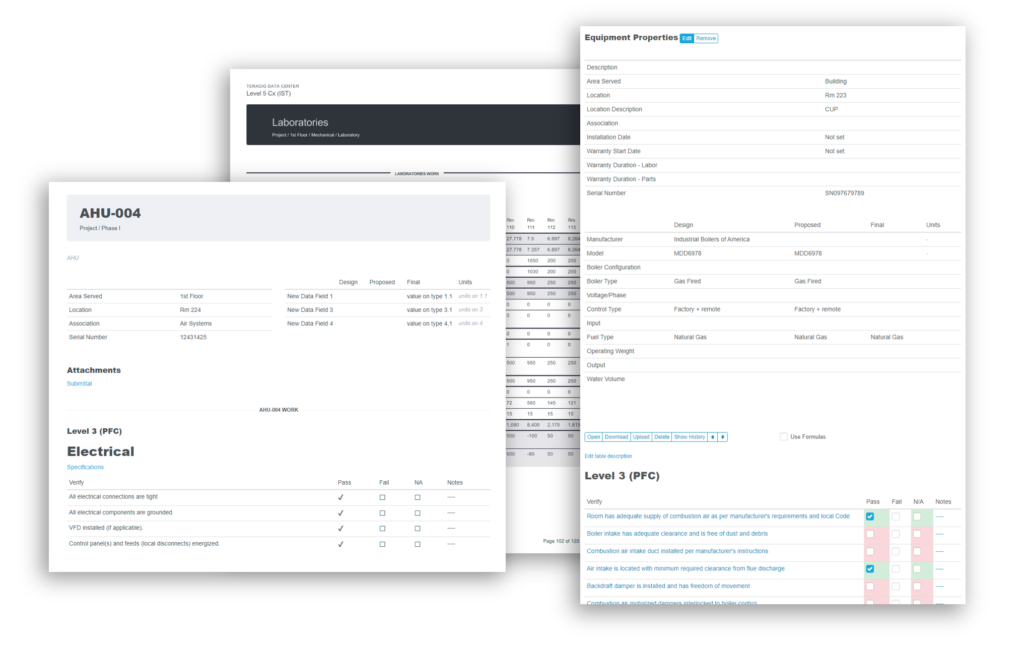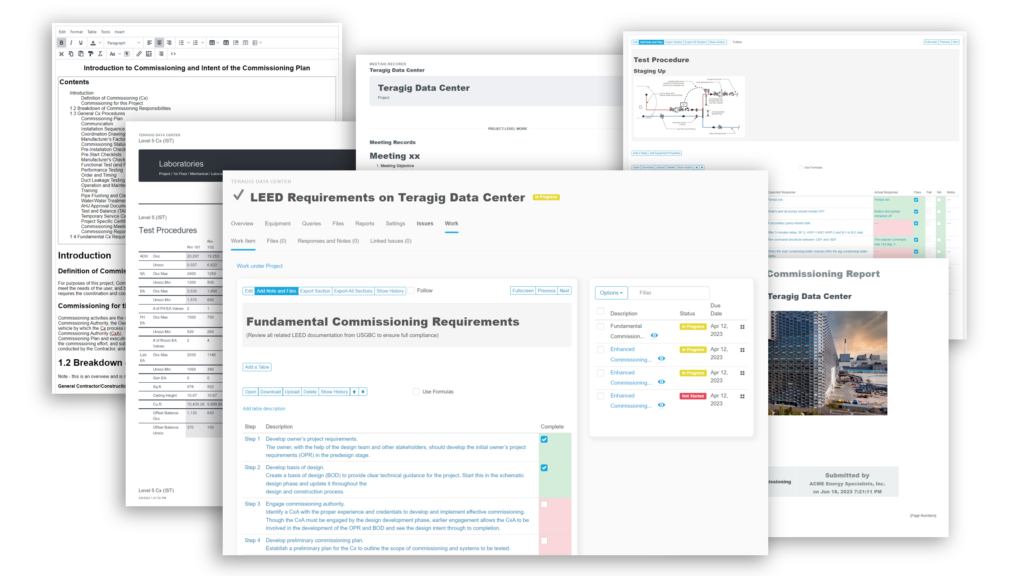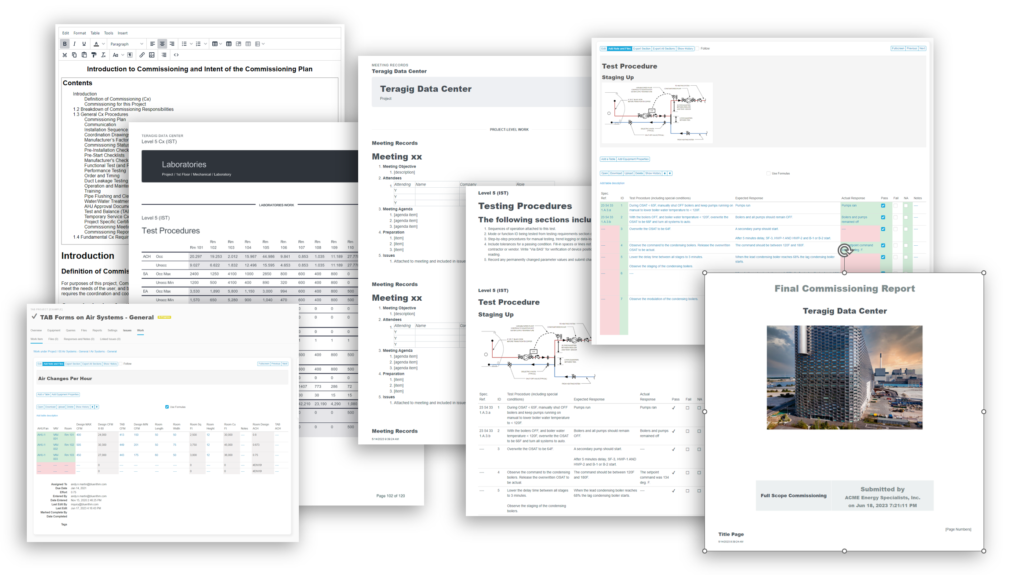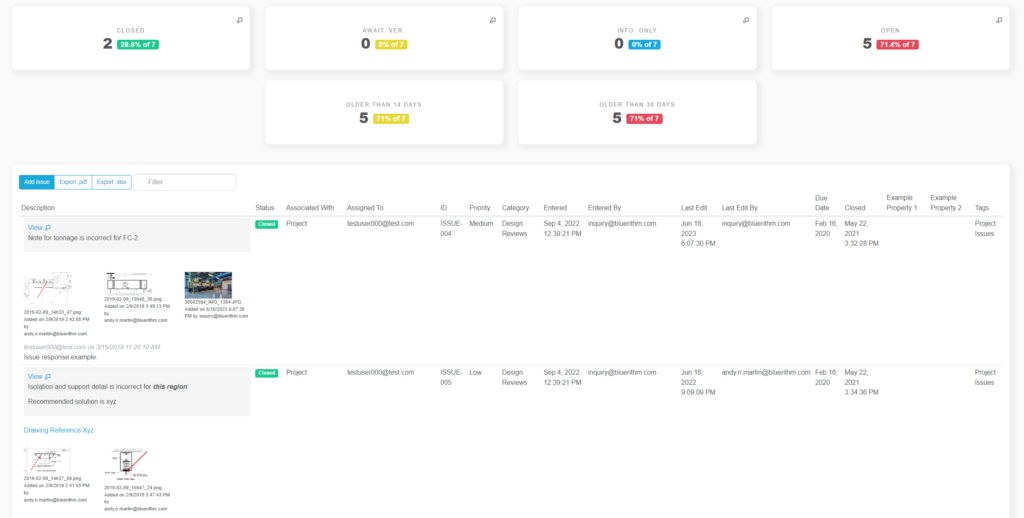You’re Used to This
If you’re a SCADA integrator, building automation systems contractor, or other technology system contractor working within construction events, it goes without saying that your projects usually come with a dose of stress and anxiety. A common reason being the thought (or knowledge, if you’re far enough along) of impending schedule slippage that may lead to compressing your work into half of the amount of time you need. Your work usually happens last, and you usually can’t get any meaningful head start because work that others need to finish before your’s can start isn’t done.
For a building construction project to be contractually finished, everything needs to be finished, including all of the control and technology systems. Furthermore, it’s likely that for a building to actually WORK, and oftentimes to be deemed legal to occupy, your work needs to be installed, tested, integrated, and fully commissioned.
So it seems obvious that your systems-work would be fully defined in the construction schedule, so any slippage in activities earlier in the project would show the impact to your work. Then there would be corrections made to the overall project to accommodate the slippage so you have enough time, or so you could adjust your staffing or develop an alternative plan to deal with schedule compression. But are your activities even in the project schedule? If you didn’t have some very specific meetings with the construction manager about this, and turn in a detailed list of activities with duration and descriptions of critical milestones, they are most likely not.
This is the reality you face on almost any building construction project. But is there any way to use your position and unique perspective to encourage and drive the entire process?
Go Ahead Tail, Wag that Dog
First of all, make sure your expectations are realistic. As a SCADA integrator or controls contractor, you’re not shutting down roads, running tractor-trailers and craning in large equipment, digging massive trenches to install 13,800 volt power feeds, or hoisting steel beams that each weigh more than your entire project team. So the shock and awe factor of your scope of work is minimal, in fact it’s almost out of sight in the grand scheme of things. And subsequently, it can often remain out of mind while all of this large infrastructure and structural work is occurring.
So what’s a systems integrator to do? Early on in the project you need to get the attention of the construction manager who is responsible for the project schedule. This may be several tiers above where you’re at in the contracting hierarchy, so it might take some relationship building and might even cost you a couple lunches, or boxes of donuts depending on the crowd. You need to stress the importance of having schedule discussions as it relates to the building systems work. Do this far in advance of when your work will actually be executed. Ideally this should be one of the first priorities after you receive a contract. You may be initially brushed aside as more urgent matters are dealt with, but persist until you get your activities in the master project schedule. Any experienced construction manager or general contractor will understand the problems that incomplete systems work will have on opening an otherwise fully constructed building.
Enjoy the View
Your position as an integrator provides a very unique perspective of what it will take for the project finish on time. Those responsible for its on time and on budget completion are hungry for any knowledge that will lead to these outcomes, so take advantage of your position as early as possible, and you will become a valued member of the inner project team, rather than a thorn in its side. And a great side effect of this effort will usually be a smoother and more predictable project execution, which generally means a more profitable project for you.
This is original content from BlueRithm. Check out how our software can help both systems contractors and commissioning firms streamline their projects and improve the delivery process.



